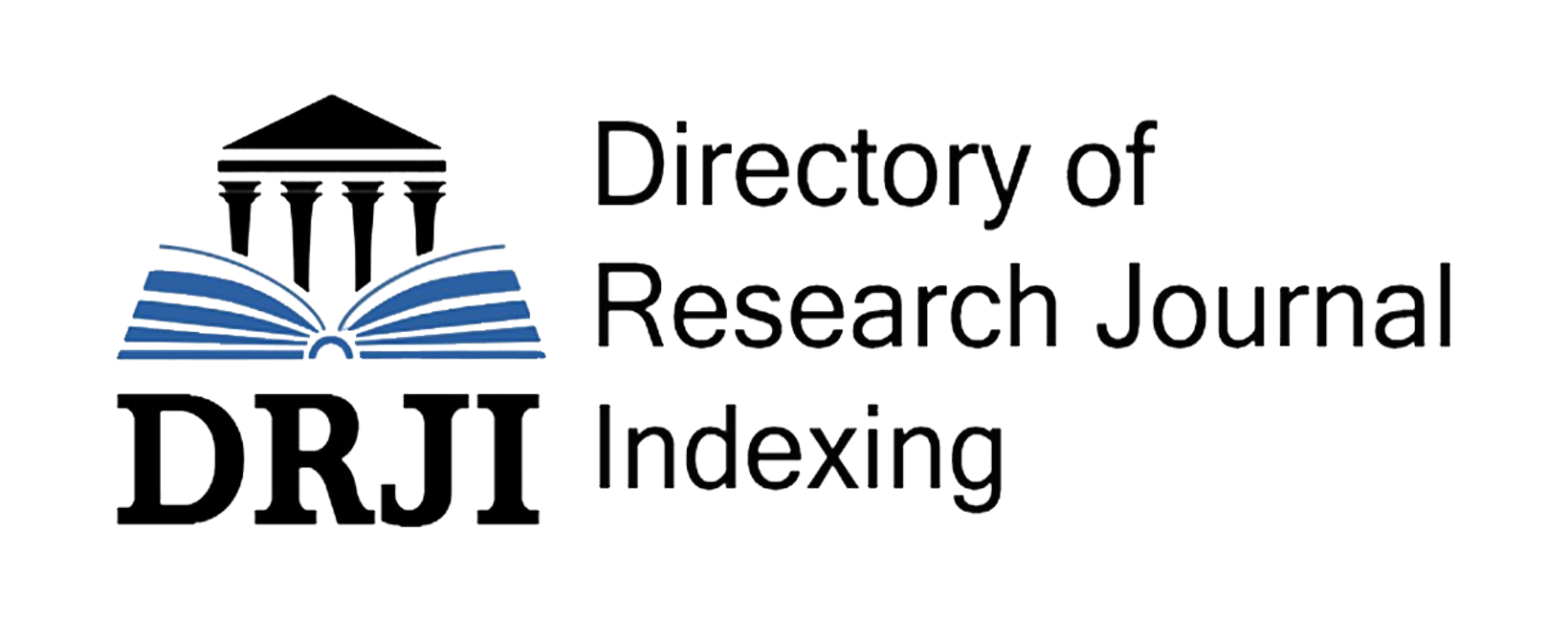SEMANTICS AND PRAGMATICS: UNDERSTANDING THE MEANING AND USE OF LANGUAGE
Keywords:
linguistic, communication, semantic, pragmatic, synonym, antonymAbstract
This article provides an overview of the themes of semantics and pragmatics in linguistics, exploring how they help us understand the meaning and use of language. It highlights the importance of semantics in studying the meaning of words and phrases, including word relationships such as synonyms and antonyms. The article also delves into pragmatics, discussing how language is used to achieve specific goals and how meaning is interpreted based on context.
References
Saeed, J. I. (2015). Semantics (3rd ed.). John Wiley & Sons.
Levinson, S. C. (1983). Pragmatics. Cambridge University Press.
Yule, G. (2014). The study of language (5th ed.). Cambridge University Press.
Katz, J. (1975). Logic and Language: An Examination of Recent Criticisms of Intensionalism. In K. Gunderson (ed.), Language, Mind, and Knowledge, Minneapolis: University of Minnesota Pres, pp. 36-130.
Katz, J. (1977). Propositional Structure and Illocutionary Force. New York: Crowell
Carnap, R. (1937). The Logical Syntax of Language. London: Routledge and Kegan Paul.
Carnap, R. (1942). Introduction to Semantics. Cambridge, Mass: Harvard University Press
Montague, R. (1994). Formal Philosophy: Selected Papers (R. Thomason, ed.). New Haven: Yale University Press.









